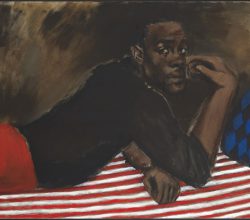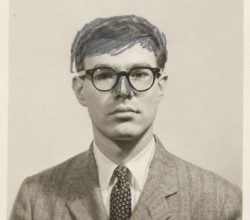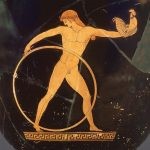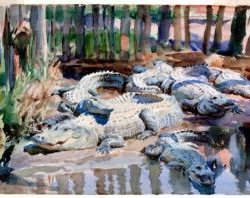
Considering Lynette Yiadom-Boakye’s Borderless Bodies
Jason Parham | Fader | 10th May 2017
Yiadom-Boakye is seemingly a rising star. For some years articles about her have referred to a “growing reputation”. Her work focuses on portraits of imagined characters, not in any particular context and appearing somehow ambiguous. “[H]er paintings are loud, ungovernable things — portrayed are people who defy linear narratives, wildly alive and stubbornly unoccupied by the constraints of identity.”




